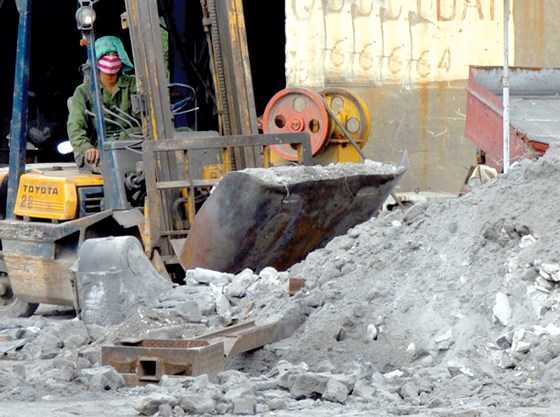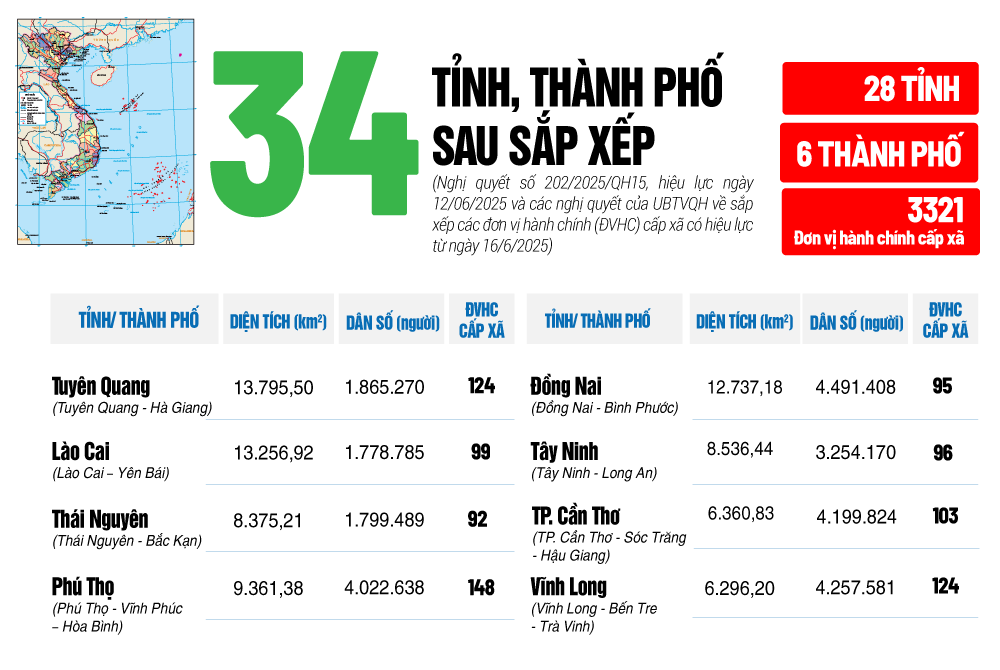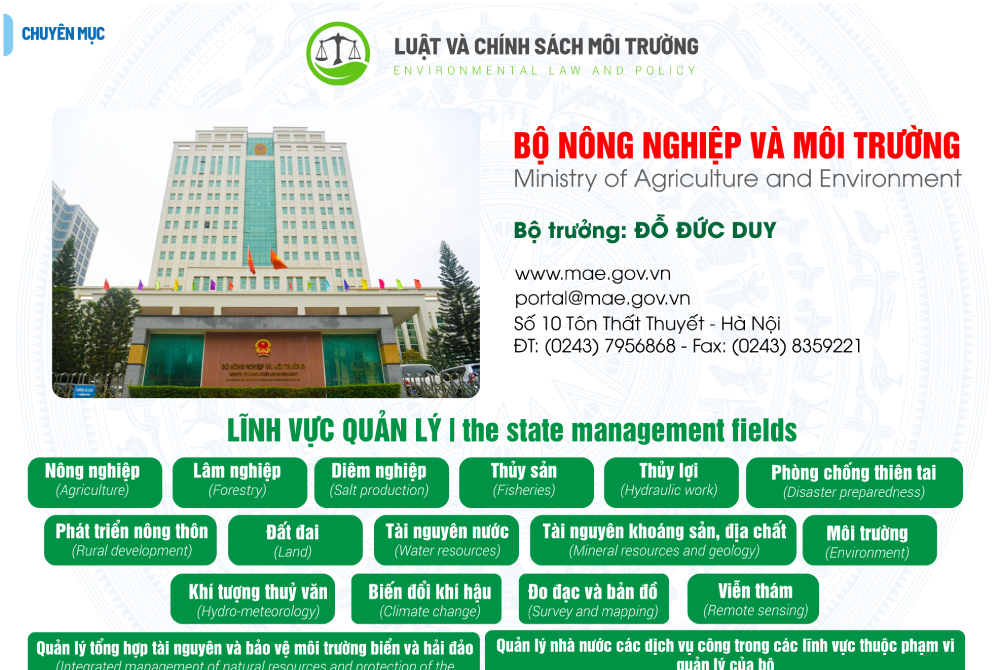Transforming waste into raw materials for the manufacture of construction materials
The status quo of population, socio-economic development, and industrial and domestic waste figures in Vietnam's industrial and urban are growing. Therefore, treating waste to limit pollution and ensure a Clean and Green environment is compulsory.
With the advancement of science, recycling waste stops at composting or burning energy and is also processed into raw materials that are functional in industrial production.
Related News:
Ho Chi Minh City: The maximum price for waste collection, transportation and disposal increased from November 2018 under a new Decision.
An essential source of raw materials for cement production.
The Vietnam Construction Materials Association reports that 15 million tons of urban and rural domestic waste are collected and disposed of in Vietnam, with 80% buried and 20% incinerated or recycled. This trend is challenging due to the lack of funds for burial in municipalities. Urbanisation and industrialisation have led to severe environmental pollution, affecting the urban landscape and community quality of life. Research into solid waste recycling as raw materials for construction materials has attracted interest from state regulators and scientific organisations. The building materials industry has used industrial wastes like ash, rubber from thermal power plants, fertilisers, chemicals, gangrene, and steel milling to produce building materials and cement additives, contributing to domestic waste treatment, pollution, landfills, and environmental treatment for industrial plants.

Wastes from this steel moulding plant can be processed as raw materials for building materials production. Photo: THANH TRI
Thomas Loesche, Managing Director of Loesche Group (Republic of Germany), said that Loesche has over 100 years of experience manufacturing grinders for urban solid waste with 50 tons per hour capacity. This technology is becoming widespread, and a 200-ton-hour capacity is feasible. Loesche developed a processing technology that separates explosive components such as plastics, paper and wood. Some crushing mill machines treat sludge mixed with domestic waste. This solution blends 40% of the waste mud and solid municipal waste into a high-quality, combustible organic material suitable for pre-calciner parts in today's cement plants. For the cement industry, harnessing fuel from waste will significantly contribute to replacing a portion of traditional fuel in cement production, solving the current problem of fuel exposure, thereby saving input costs, lowering product prices and creating stronger competition in the market.
Double Benefit
Many experts say that improper home garbage collection has a detrimental influence on public health, landscape damage, pollution, and environmental deterioration. Many forms of hazardous waste from life may remain in the environment for a long time, such as residues in agriculture, food, and water, which can create diseases that are deadly to humans. Living waste pollutes water if it is not properly collected and disposed of. Rainwater and wastewater pouring into surface water sources damage surface water or sink into the soil, contaminating groundwater, which will typically transfer pathogenic bacteria, heavy metals, and organic materials... from waste into the source. That is the main reason why, in Vietnam today, the management and handling of waste is a fundamental and urgent issue.
The country has roughly 82 cement lines, with a total design capacity of 97 million tons/year. It will be 130 million tons/year by 2020 and 139 million tons/year by 2030. As a result, the demand for raw materials for cement manufacture is enormous. Assume it is possible to recycle industrial waste as a substitute fuel for cement manufacture. In such a situation, it will significantly assist environmental protection, conserve natural resources, and secure the country's long-term growth.
|
According to Ms Mai Thi Lien Huong, Director of the Department of Construction, Waste treatment facilities in Vietnam mostly employ organic or incineration methods. Because many provinces and cities lack waste treatment facilities, residential trash is buried entirely, creating a significant concern. They will soon require more storage space, and burning harms the soil ecosystem and groundwater. The successful application of waste-treatment technology to alternative fuels in cement manufacturing will pave the way for extensive waste-treatment activity in today's society. It will provide several socioeconomic advantages while conserving natural resources and helping with environmental conservation. |
Source: Department of Natural Resources and Environment in HCMC













